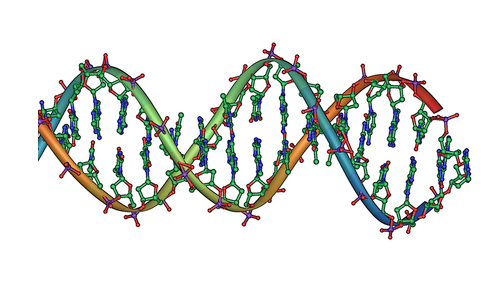Scientists from the University of Manchester created a new super-fast form of computer that “grows as it computes.” For the first time, Professor Ross D King and his team proved the practicality of engineering a nondeterministic universal Turing machine (NUTM).

While the hypothetical properties of a computing machine, including its extreme boost in speed over electronic and quantum computers, have been known for several years, this discovery shows that it’s possible to physically create a NUTM using DNA molecules.
Typically, electronic computers need to choose a path to follow first. However, this new computer does not need to choose because it can replicate itself and follow two paths at the same time, discovering an answer faster. This property is possible because the computer’s processors are made of DNA rather than silicon chips.
And because the computer can grow as it computes, that makes it faster than any other form and opens up the possibility of solutions to computational problems deemed impossible before.
“Quantum computers are an exciting other form of computer, and they can also follow both paths in a maze, but only if the maze has certain symmetries, which greatly limits their use,” Professor King said.
DNA computing was first introduced in 1994 by Leonard Adleman, who encoded and solved the traveling salesman issue — a math problem to find the most efficient method for a salesman to take between cities, all in DNA.
Deoxyribonucleic acid (DNA) stores an array of information encoded as sequences of molecules, such as nucleotides, cytosine (C), guanine (G), adenine (A), or thymine (T). A ton of information can be stored within DNA using CGAT, and the complexity of different genetic codes demonstrates that it can be used in computing.
Since Adleman’s discovery, several DNA-based “circuits” have been suggested that use computational methods, including Boolean logic, arithmetical formulas, and neural network computation. And the potential for DNA computing is promising. It has large storage capacity, a low energy cost, is easy to manufacture, and designs could incorporate electronic components. Since it was first unveiled, the technology has already improved its speed and delivered point-of-care diagnostics and proof-of-concept smart drugs.
As DNA molecules are so small, a desktop computer could use more processors than all of the electronic computers in the world combined. Therefore, this new super-fast computer can outperform the world’s current fastest device while also consuming a small fraction of its energy.
Advertisement
Learn more about Electronic Products Magazine





